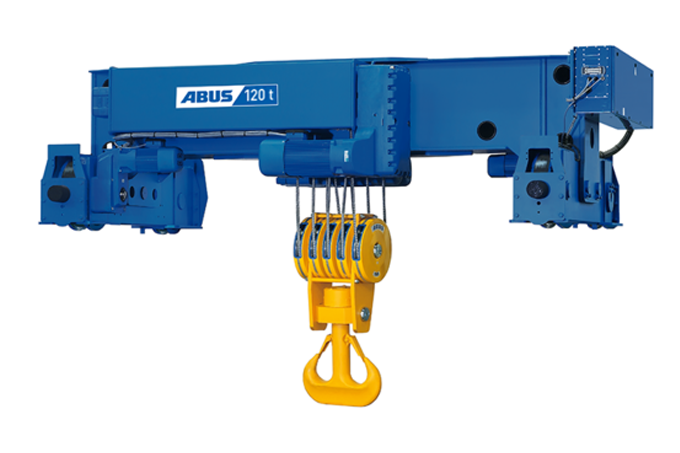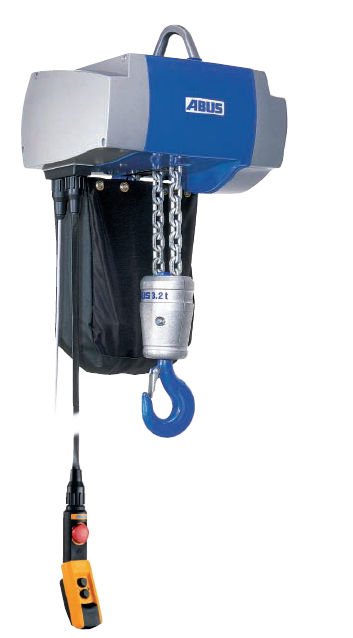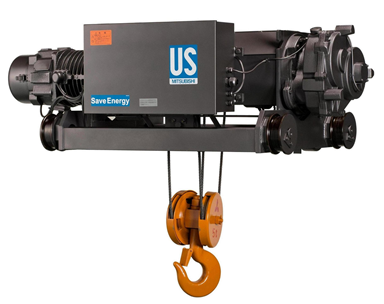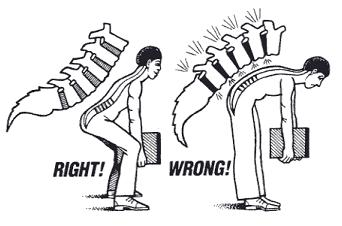Wire rope is most commonly made from galvanised steel, with stainless steel available as an option, and is constructed by twisting several wires together to form sturdy strands which are then twisted around each other in a helix fashion. These strands are wrapped around a central core, commonly made from fibre, with a resulting product which is strong and highly reliable.

- Typically used in permanent installations (can still be moved around as required).
- There are different types of wire rope hoists with different drum and motor combinations. Your intended application will determine the most suitable wire rope hoist e.g. grooved drums can be used to increase accuracy, multiple drums can be used to compound strength.
- Wire rope hoists are the obvious choice for heavier loads and they are also best suited to long working hours or handling a high volume of loads within a short period of time and perform well in extreme environments like intense heat or harsh weather conditions.
- A wire rope hoist lifts and lowers by winding/unwinding the wire rope on the length of the drum which means that with standard reeving, anything the wire rope hoist lifts or lowers will move laterally during the operation.
- For operations with limited space or reduced working room a wire rope hoist may not be suitable.
- Wire rope hoist configurations include fixed mount, low headroom, normal headroom and double girder trolley.
CHAIN HOISTS
The chains are usually made using steel or zinc plated metal and they work in a similar way to rope, with the difference being that rather several strands being wrapped together, a chain hoist features chains linked together and is fed through hooks with safety catches.

- Generally speaking chain hoists are more flexible and are ideal for less permanent applications as they are easier to move around than wire rope hoists.
- Lifting capacities for chain hoists can vary depending on whether they are electric chain hoists or manual chain hoists but they are typically preferred for smaller loads e.g. smaller factories, maintenance operations and work stations where a lifting appliance is necessary.
- A chain hoist lifts by moving the chain over a sprocket which means anything it lifts goes straight up with no lateral movement, giving true vertical lift.
- Chain hoists are more compatible for use with jib cranes and gantries than a wire rope hoist as the traverse movement of these types of cranes is typically achieved by pulling the hoist load hook or lower block in the direction you want to move. In a wire rope hoist this could potentially result in the wire rope becoming unseated from the grooved drum or cause damage to the rope guide.
- Electric Chain Hoist configurations include hook suspension, low headroom, push travel trolleys, geared travel trolleys, electric powered trolleys, bogie travel trolleys and integral eurosystem trolleys.
- Manual Chain Hoist configurations include push travel trolleys, low headroom, geared travel trolleys and a low headroom geared travel trolley.

.png)


.jpg)
